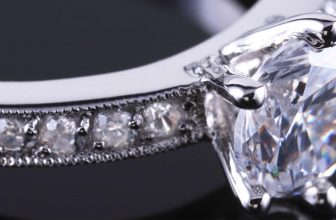The Ultimate Champion: Minerals with a Mohs Rating of 10
 The Brilliance of Diamond
The Brilliance of Diamond
Let’s talk about diamonds! Yes, that mesmerizing sparkle in engagement rings and high-end jewelry. But diamonds are more than just pretty faces. They are the undisputed champions of hardness, boasting a perfect score of 10 on the Mohs Hardness Scale. This scale, devised by Friedrich Mohs in 1812, is a simple yet effective way to measure a mineral’s resistance to being scratched. And in this contest, diamonds reign supreme.
Why Diamonds Are a Geologist’s Best Friend
Diamonds aren’t just a girl’s best friend; they’re also a geologist’s top pick. Their unparalleled hardness makes them indispensable in various industries. From cutting tools to industrial abrasives, diamonds are essential. Their hardness allows them to cut through virtually any material, making them perfect for drilling, cutting, and grinding applications.
The Science Behind the Sparkle
So, what makes diamonds so tough? It’s all in the structure. Diamonds are composed of carbon atoms arranged in a crystal lattice. This incredibly strong bonding between the carbon atoms gives diamonds their extraordinary hardness. This means that no other mineral can scratch a diamond. In fact, the only thing that can scratch a diamond is another diamond.
Beyond Jewelry: The Industrial Power of Diamonds
While diamonds are stunning in jewelry, their industrial uses are equally impressive. In the world of manufacturing and construction, diamonds are used in saw blades, drill bits, and grinding wheels. Their ability to withstand extreme conditions and maintain their sharpness makes them invaluable in these fields.
A Fun Fact to Dazzle Your Friends
Did you know that diamonds aren’t just the hardest natural material on Earth, but they are also incredibly old? Most diamonds are over a billion years old, formed under intense heat and pressure deep within the Earth’s mantle. This makes each diamond not just a gem, but a piece of geological history.




















